Horticultural Heroes Traveling Exhibit
This one-of-a-kind traveling exhibit features portraits by local artists of diverse leaders of horticulture, including marginalized groups, who championed their causes throughout history. The exhibit arose from the desire from visitors, members, and staff to learn more about people who have made a difference in people’s lives by connecting them with plants, spanning across time, cultures, and geography. Inquire about featuring this exhibit at your museum.
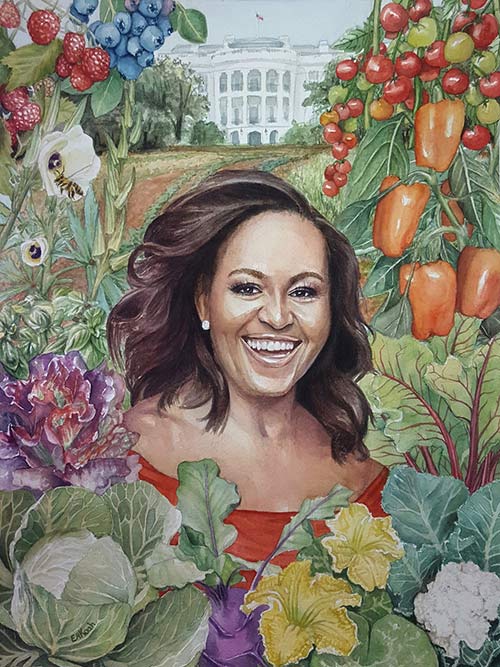
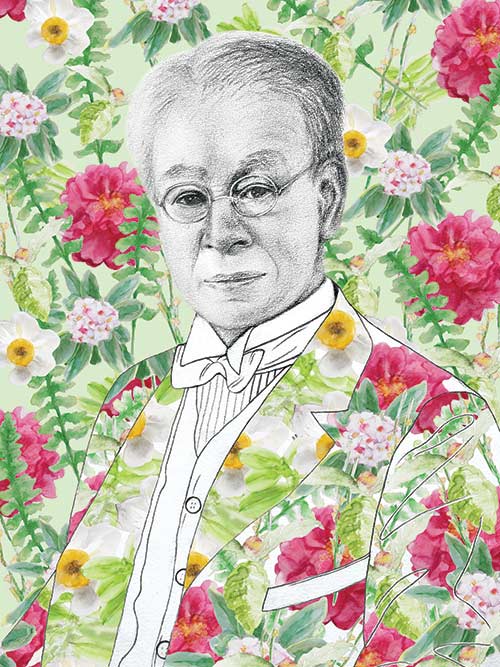
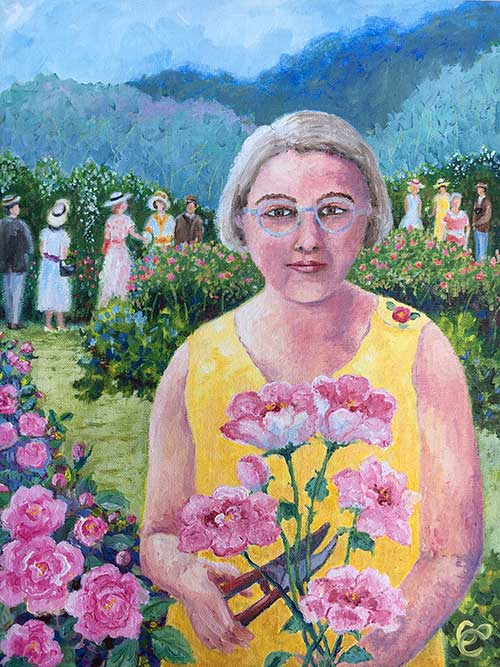
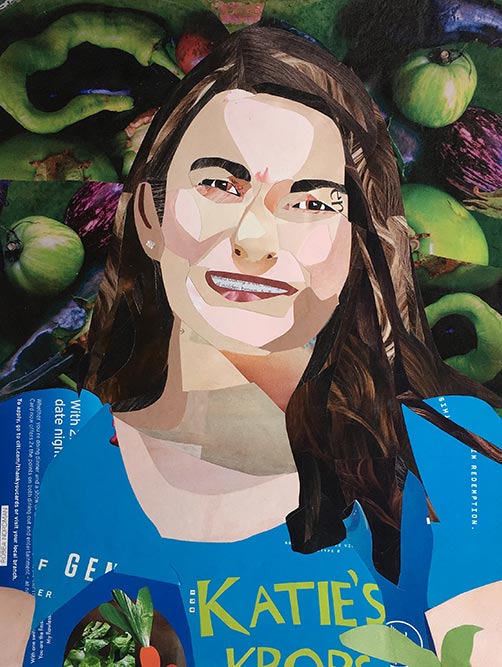
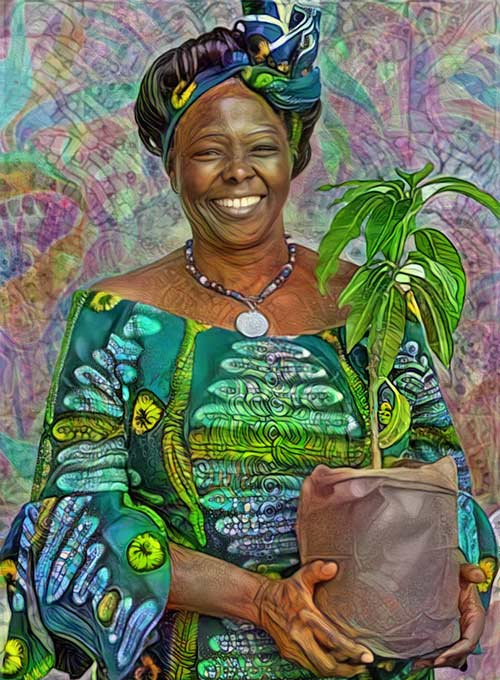
Horticultural Hero: Wangari Muta Maathai
Artist: Nettrice Gaskins
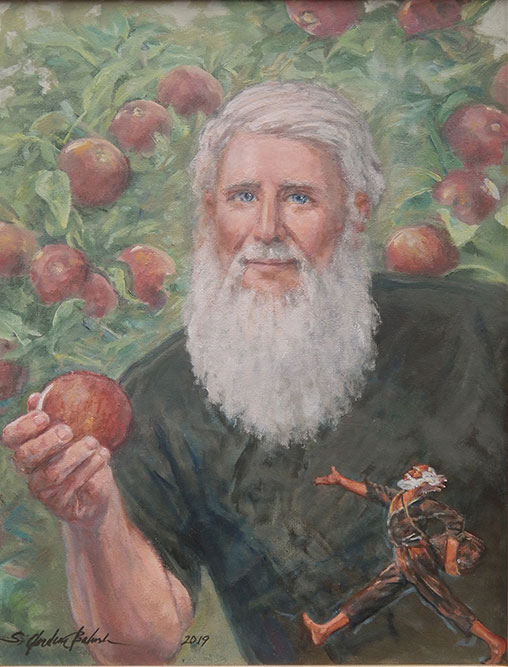
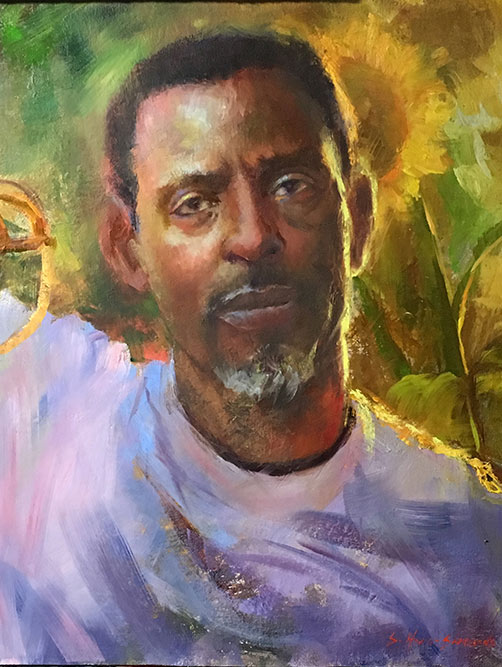
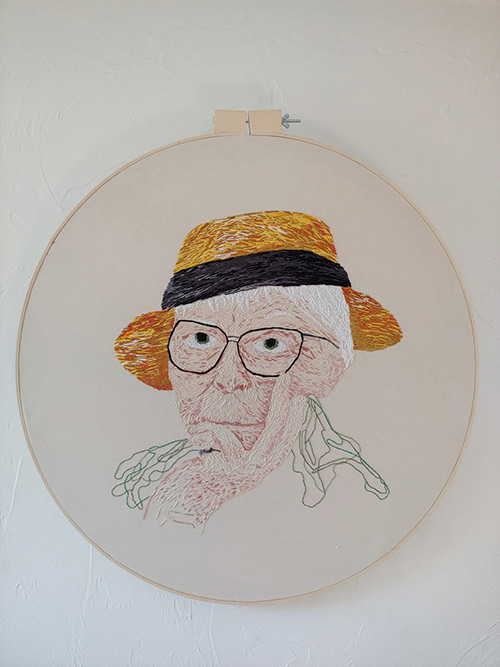
Horticultural Hero: Marjory Stoneman Douglas
Artist: Trisha Danforth
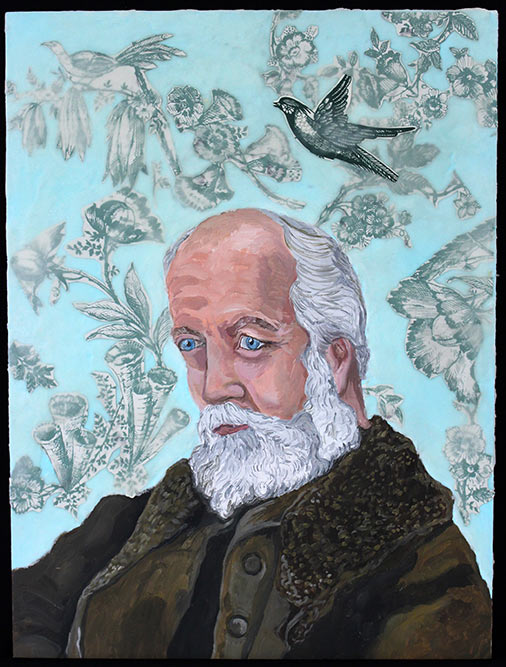

Horticultural Hero: Natasha Bowens
Artist: Rebecca Duffy
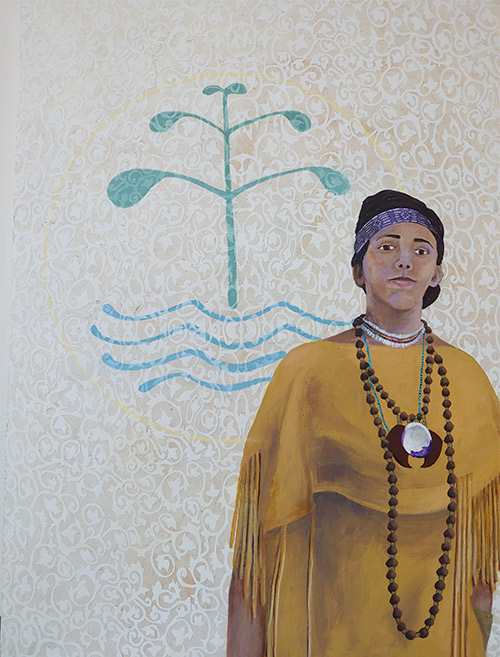
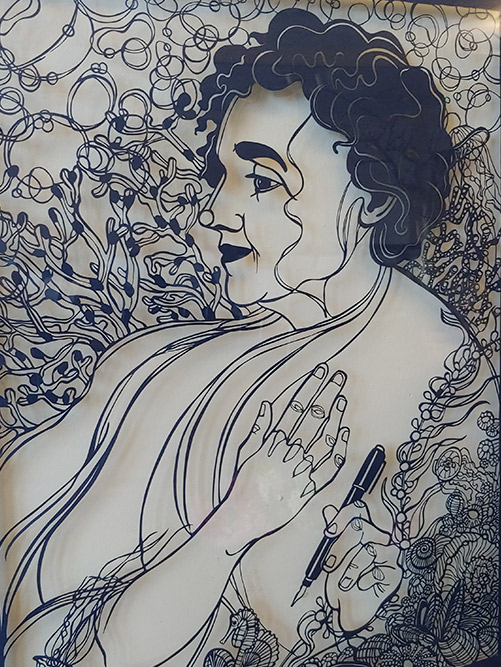
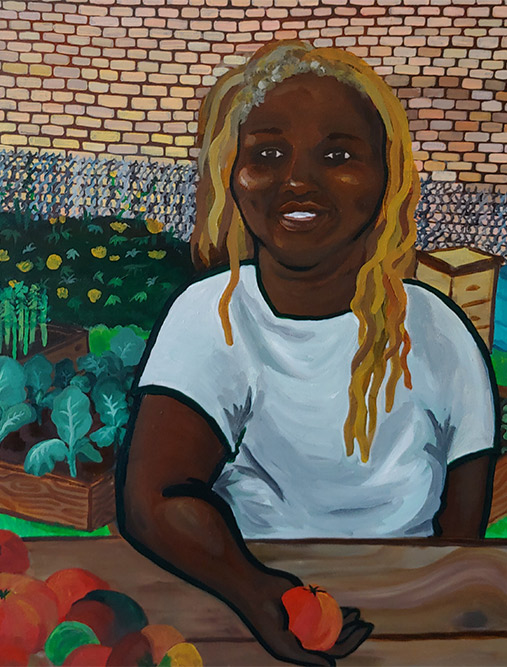
Horticultural Hero: Karen Washington
Artist: Maya Allegro
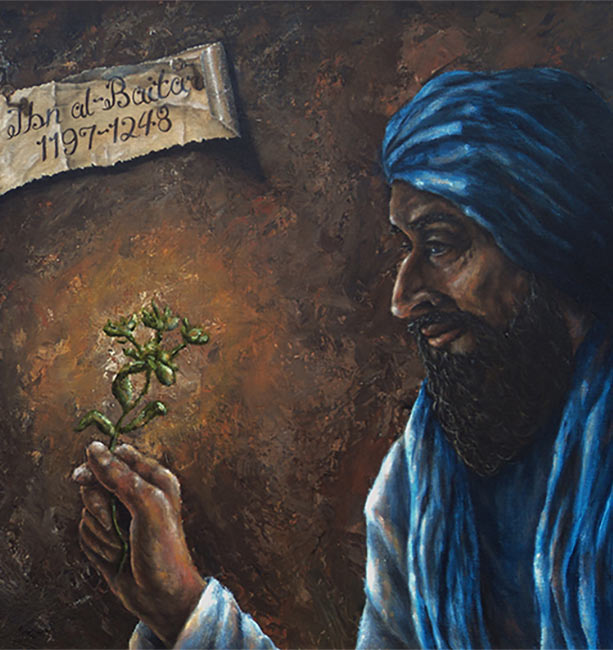
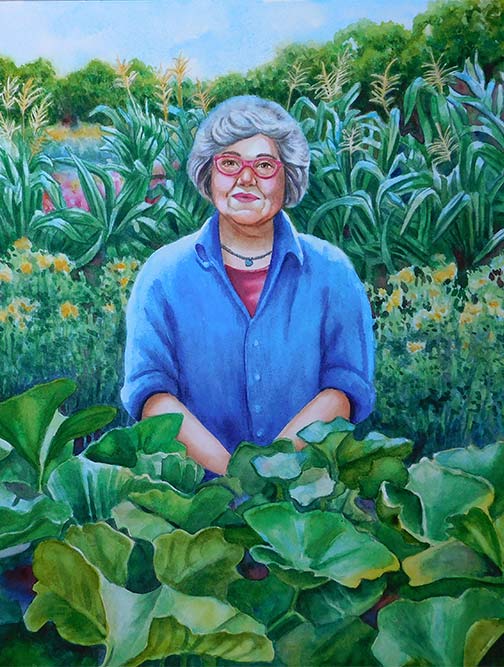

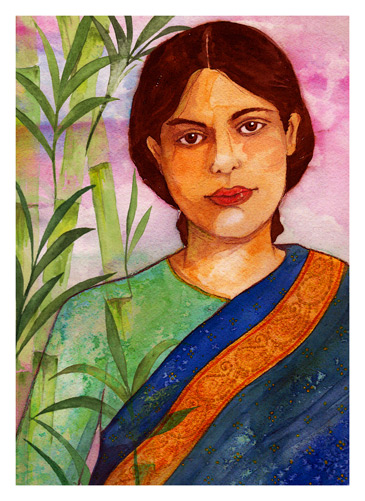
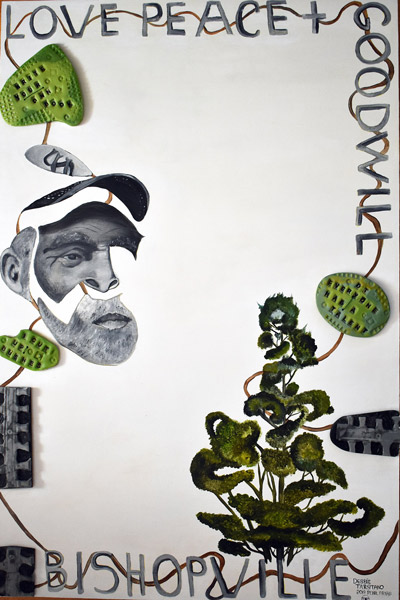
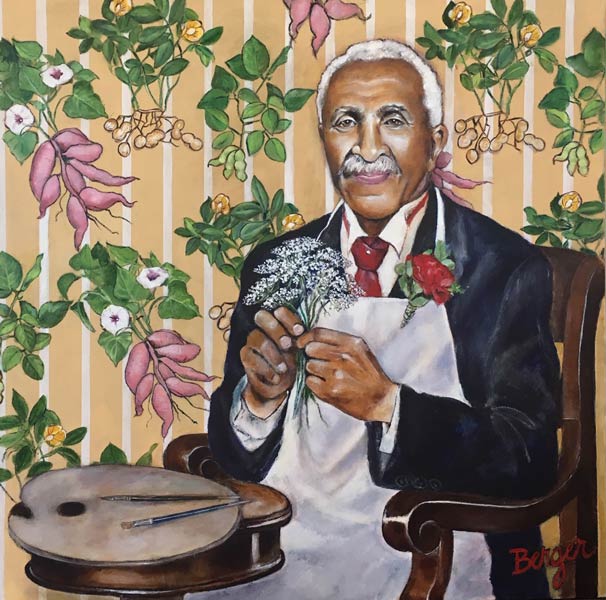
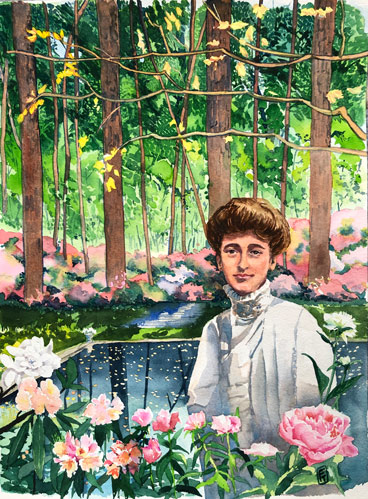
Watch the video from the Opening Reception
